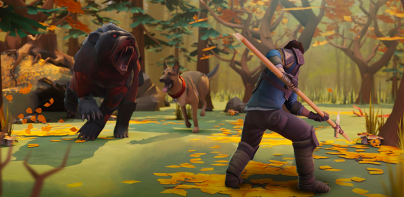






Ido Pool

Περιγραφή του Ido Pool
The plotting process takes the miner’s Burst, BTC HD, ATMCash, ICash, HDD Coin address as an input, which ensures that plot files can only be used by a single miner. For an even lower level look at how plot files are generated you can read this. Once the plot files have been generated, the actual mining process can take place. The miner will first fetch the relevant information from the wallet for the current block, this includes a 32 byte hash called the “generation signature” from the previous block, the block height (index of the current block), and something called the “base target” which is calculated based on the last 24 blocks and can be considered as the “difficulty level” of the block. With this information the miner can then generate a new “generation hash” which it will use to determine the which scoop to check in each nonce. With each of the applicable scoops, the miner will then perform an additional hash with the new generation signature before dividing the hash by the the base target, which results in the “deadline” being returned. The deadline represents the number of seconds since the previous block was mined before the miner would be allowed to mine the next block. The miner with the smallest deadline wins the right to mine (also called forge) the next block.
The plotting process takes the miner's Burst, BTC HD, ATMCash, ICash, HDD Coin address as an input, which ensures that plot files can only be used by a single miner. For an even lower level look at how plot files are generated you can read this. Once the plot files have been generated, the current mining process can take place. The miner will first fetch the relevant information from the wallet for the current block, this includes a byte hash called the "generation signature" from the previous block, the block height (index of the current block), and something called the "base target "which is calculated based on the last 24 blocks and is considered the" difficulty level "of the block. With this information the miner can then generate a new "hash" which it will use to determine which scoop to check in each nonce. With each of the applicable scoops, the miner will then perform an additional hash with the new generation signature before dividing the hash by the base target, which results in the "deadline" being returned. The deadline represents the number of seconds since the previous block was mined before the miner would be allowed to mine the next block. The miner with the smallest deadline wins the right to mine (also called forge) the next block.

























